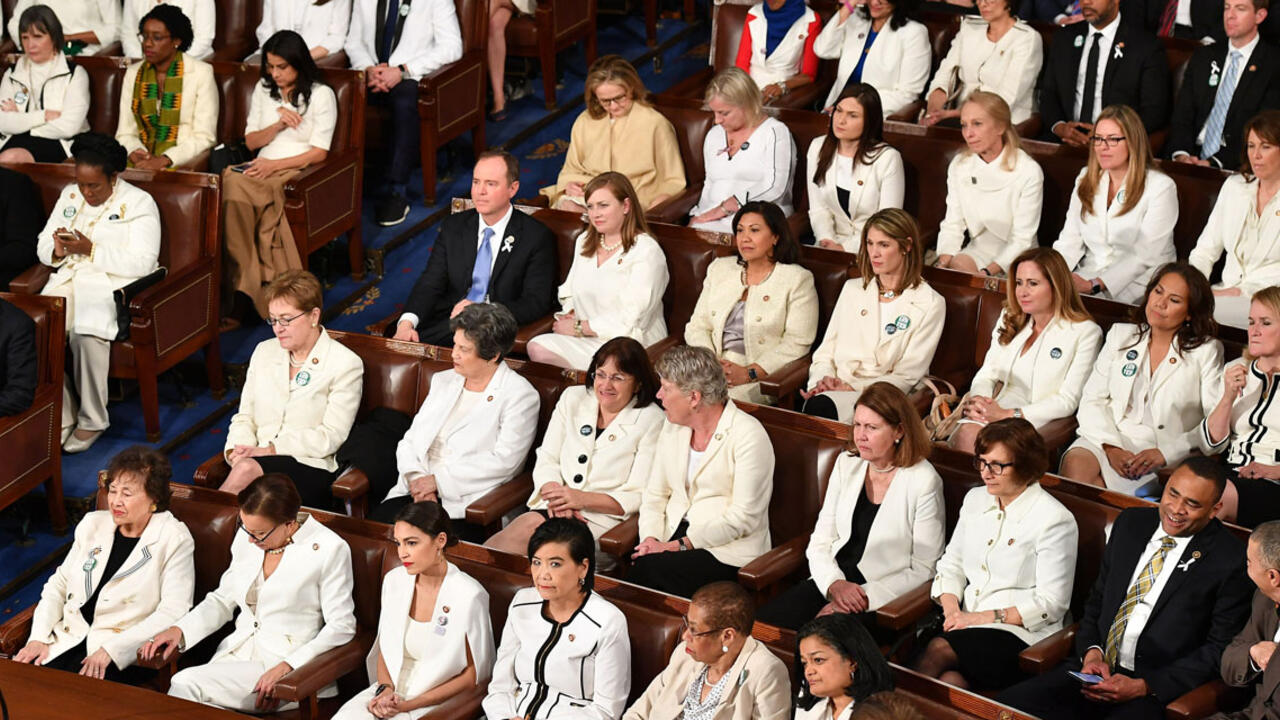Washington Post Asks Wellesley Economics Professor about Gender Quotas in Government

Eighty countries around the world require that women hold a certain percent of government leadership roles. A recent Washington Post article by Heather Long ’04 that explored whether the United States should do the same included the perspective of Wellesley’s Olga Shurchkov, associate professor of economics.
Shurchkov suggested that gender quotas might work in government but may not necessarily be effective in the private sector. “Under gender quotas, women start to get regarded as less qualified” in the very top positions of management of private firms, Shurchkov told the Post. “Having a gender quota could undermine the legitimacy of women who are trying to fight their way up the ladder.”
According to the article, Belgium established a gender quota for its 1994 elections and expanded it in 2002 to require political parties to put equal numbers of men and women on the ballot. As a result, the number of women holding seats by women in parliament increased from 16 percent in 1994 to more than 40 percent today.
Using a statistic from the Gender Quotas Database project, a joint collaboration of the International IDEA, the Inter-Parliamentary Union, and Stockholm University, the Post reported that 80 countries have quotas for women in elected government position.
In a separate interview Shurchkov said, “We actually have pretty strong evidence that gender quotas that lead to more female representation in government leadership have certain significant positive impacts, both economic and societal. For example, in India, gender quotas have been shown to increase the provision of public goods. …Furthermore, there is evidence that having women represented in government through quotas leads to changes in perceptions of women as capable leaders overall and raises aspirations of girls to become leaders in the future.”
But the picture for corporations is not as clear, said Shurchkov. In Norway, for example, a 2003 law required public limited liability companies to have at least 40 percent representation of each gender on their boards. Some companies switched their status to avoid having to comply with the law.
Firms that did comply saw a reduction in the gender gap in earnings among the newly appointed female board members and their male counterparts, said Shurchkov. “On the other hand,” she said, “when we asked the more important question of whether having more women in leadership positions in business created advancement opportunities for female employees in those companies, this was sadly not the case.”
At the same time, she said, companies that used a quota “saw a reduction in value by a variety of metrics, which may be explained by a significant difference in age and experience of female and male board members post-reform.”
Shurchkov, whose research shows that gender stereotypes play a significant role in underrepresentation of women, said the U.S. government and private companies could opt for less-controversial approaches to achieving gender equality in the workplace. “I think that quotas are second-best, but they are better than nothing,” she said.
“It would be better to help women make the choices that they want to make and reward those choices fairly,” she said. “If a woman is equally qualified and interested in a leadership position, then the opportunity should be available, and not only when there are hidden agendas (which is the idea that there is a ‘glass cliff’ for women – being chosen for promotion when things aren’t going so well for the firm, in order to have someone to blame).”
She added, “If a woman chooses to take time off to stay home or work part-time, then she should not be discriminated against when coming back to the workforce full-time. But this would require a much more subtle shift in societal and cultural perceptions.”
Photos: Lawmakers attend President Donald Trump’s State of the Union address in Washington, D.C., on February 5, 2019. Women from both political parties wore white outfits at the behest of the Democratic Women’s Working Group to honor the legacy of women's suffrage in the United States.



